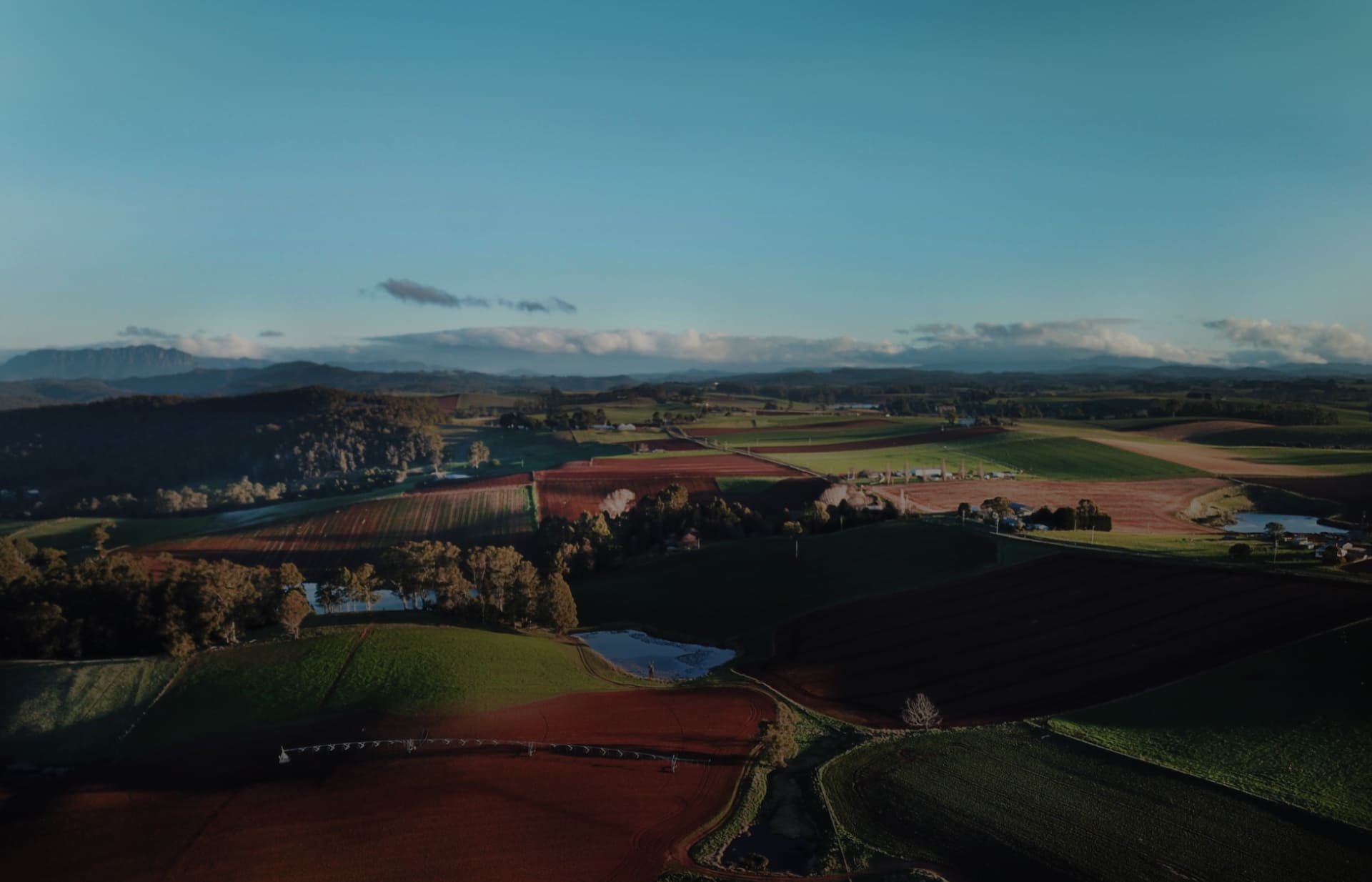1 January 1997
Development Of Sustainable Strategies For Managing Root-Knot Nematode In Ginger
Project overview
1 January 1997
Instrumented Sphere Assessment Of Tomato Handling Equipment In Queensland
Project overview
1 January 1997
A Market Profile Of The Japanese Melon Industry
Project overview
International trade and markets
1 January 1997
Cauliflower Selection For Export, Frozen Processing And Fresh Market In South Australia
Project overview
International trade and markets
Brassicas and Cauliflower
1 January 1996
Rapid Detection, Epidemiology And Control Of Tomato Spotted Wilt Virus ( TSWV) In Seed And Processing Tomatoes
Project overview
Potatoes and Tomatoes
1 January 1996
Control Of Black Leg, Black Scurf And Other Postharvest Storage Rots Of Seed Potatoes
Project overview
Potatoes
1 January 1996
Development Of Crop Management Strategies For Improved Productivity And Quality Of Potatoes Grown On Highly Acid Soils
Project overview
Potatoes

